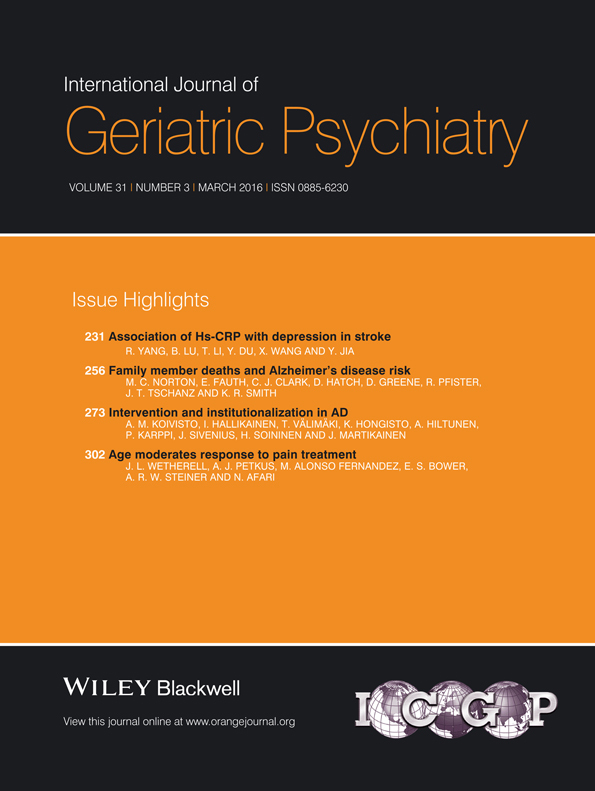The clinical utility of naturalistic action test in differentiating mild cognitive impairment from early dementia in memory clinic
Abstract
Objective
This study aimed to examine the validity of the Naturalistic Action Test in differentiating Mild Cognitive Impairment from early dementia compared to clinical diagnosis and ascertain Naturalistic Action Test cut-off points.
Methods
This was a cross-sectional study of 70 consecutive patients diagnosed with Mild Cognitive Impairment attending the memory clinic in St James's Hospital, Dublin, Ireland. Patients with a diagnosis of Mild Cognitive Impairment who attended for routine annual assessment were asked to participate in the study. The Naturalistic Action Test was carried out after the patient had completed their routine assessment in the clinic.
Results
The Area under the Curve, AUC ± SE was 0.808 ± 0.058, p < 0.001 with 95% CI (0.695–0.922). There was concordance in 40 and discrepancy in 30 patients between the NAT and the gold standard consensus diagnosis (PPV 38%, NPV 96%, sensitivity 94%, specificity 46% and accuracy 59%) using cut-off point of ≥14 for normal function on Naturalistic Action Test. The difference was not related to age, sex, level of education or informant. Using the Youden index, we determined a Naturalistic Action Test cut-off score of ≥11 for Mild Cognitive Impairment in our study (PPV 50%, NPV 91%, sensitivity 78%, specificity 73% and accuracy of 74%). There was discrepancy in 18 patients using the new cut-off point (≥11 for Mild Cognitive Impairment vs ≤10 for dementia).
Conclusion
The Naturalistic Action Test is a useful tool that can increase diagnostic accuracy in differentiating Mild Cognitive Impairment from early dementia. Copyright © 2015 John Wiley & Sons, Ltd.




